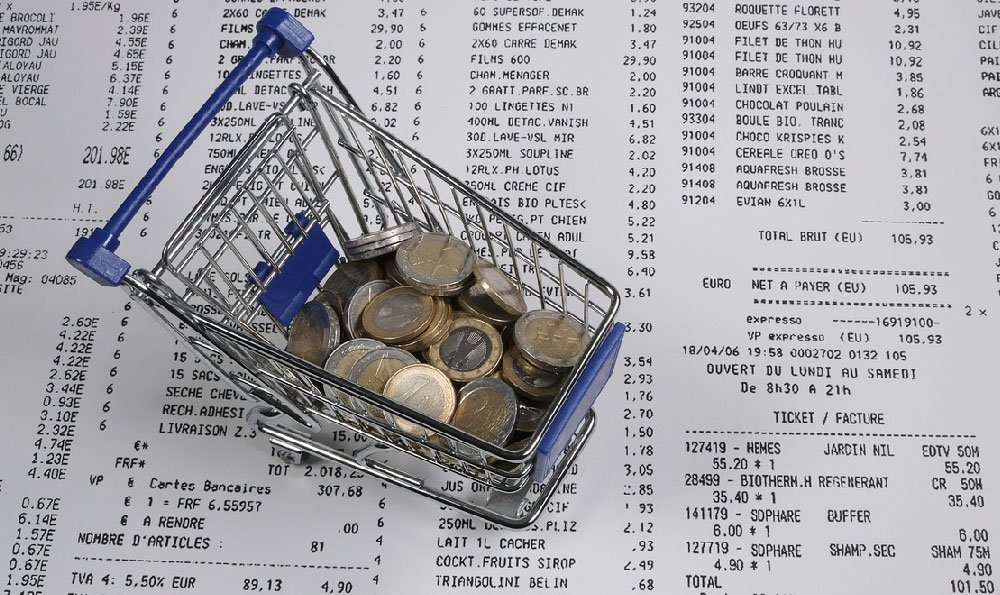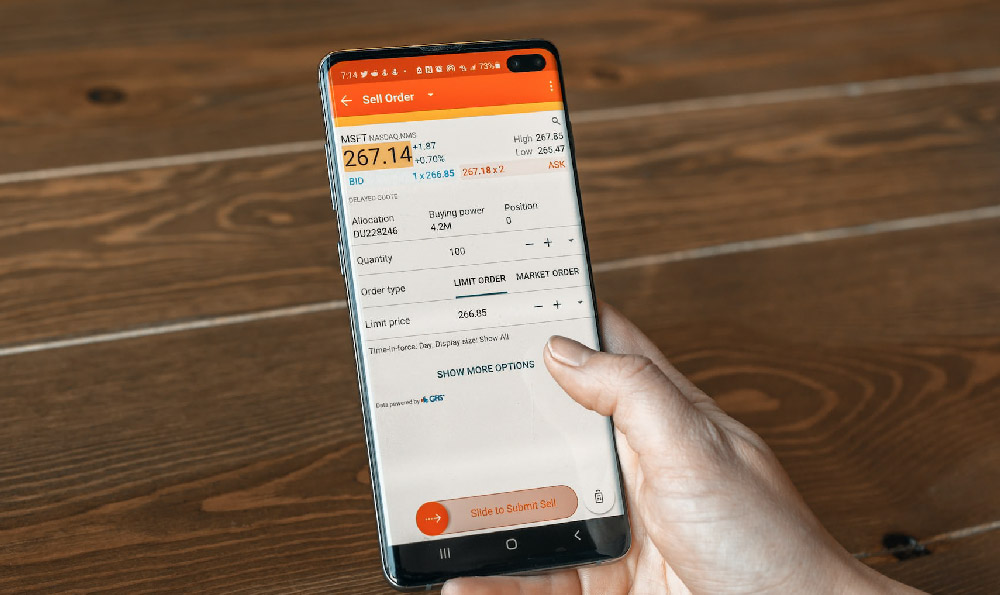Is Bitstamp Price Alert Effective? What Triggers It Best?
Is Bitstamp Price Alert Effective? What Triggers It Best?
Navigating the volatile world of cryptocurrency trading requires a blend of astute market analysis, proactive risk management, and, crucially, the right tools. Among these tools, price alerts stand out as invaluable sentinels, notifying traders of critical price movements that could signal buying or selling opportunities. Bitstamp, a reputable and long-standing cryptocurrency exchange, offers a price alert feature, but how effective is it, and what are the optimal strategies for triggering it to maximize its utility? Let's delve into the nuances of Bitstamp's price alerts and explore how to leverage them for smarter trading.
The Value Proposition of Price Alerts in Crypto Trading

Before evaluating Bitstamp's specific implementation, it's essential to understand the fundamental role of price alerts in cryptocurrency trading. Cryptocurrencies are notorious for their price swings, often occurring with breathtaking speed. Monitoring the market continuously is impractical for most individuals. This is where price alerts come into play. They allow traders to set predefined price levels, and when these levels are breached, the system sends a notification – typically via email, SMS, or in-app push notification – alerting the trader to the event.
The benefits are manifold:
- Time Savings: Eliminates the need for constant screen watching, freeing up time for other activities.
- Opportunity Identification: Alerts trigger when prices reach levels of interest, potentially indicating buying or selling opportunities based on pre-determined strategies.
- Risk Management: Alerts can be set at stop-loss levels to automatically notify traders when a position needs to be liquidated to minimize losses.
- Emotional Control: By pre-defining trigger points, alerts can help traders avoid impulsive decisions driven by fear or greed during periods of high market volatility.
Assessing Bitstamp's Price Alert System
Bitstamp's price alert system provides a basic, yet functional, tool for traders. Its effectiveness hinges on several factors:
- Accuracy: The system must reliably trigger alerts when the specified price levels are reached. Bitstamp generally provides reliable alerts, but occasional delays or system glitches can occur, particularly during periods of extreme market activity.
- Customization: The level of customization offered is crucial. Can alerts be set for specific price ranges, percentage changes, or moving averages? While Bitstamp offers basic price level alerts, it lacks advanced customization options found in some dedicated trading platforms.
- Delivery Method: The speed and reliability of alert delivery are vital. Email and in-app notifications are common, but SMS alerts can be faster and more reliable, especially when immediate action is required. Bitstamp offers email and in-app notifications.
- User Interface: The ease with which alerts can be set up, modified, and managed impacts the overall user experience. Bitstamp's interface is relatively straightforward, making it easy to create and manage basic price alerts.
While Bitstamp's alert system is generally effective for basic price monitoring, experienced traders may find its limited customization options restrictive. Dedicated charting platforms and trading bots often offer more sophisticated alert functionalities, such as alerts based on technical indicators or order book depth.
Optimal Strategies for Triggering Bitstamp's Price Alerts
To maximize the effectiveness of Bitstamp's price alerts, consider the following strategies:
- Support and Resistance Levels: Identify key support and resistance levels on the price chart. Set alerts slightly above resistance levels to signal potential breakout opportunities and slightly below support levels to signal potential bounce opportunities or the need to liquidate a losing position.
- Trend Lines: Draw trend lines on the price chart and set alerts at the points where the price is expected to interact with these trend lines. A break of a trend line can signal a significant change in market sentiment.
- Moving Averages: Use moving averages (e.g., 50-day, 200-day) as dynamic support and resistance levels. Set alerts when the price approaches or crosses these moving averages to identify potential buying or selling opportunities.
- Fibonacci Retracement Levels: Apply Fibonacci retracement levels to the price chart and set alerts at key retracement levels (e.g., 38.2%, 61.8%). These levels often act as areas of support or resistance.
- Volatility Indicators: Use volatility indicators like the Average True Range (ATR) to gauge market volatility. Set alerts based on percentage changes in price relative to the current ATR value. This can help identify potential breakouts or breakdowns that are more likely to be sustained.
- Stop-Loss Orders: Crucially, set alerts at your stop-loss levels. This will notify you immediately if the price is moving against your position, allowing you to take action to minimize losses. Don't rely solely on the alert; always have a stop-loss order in place.
- Take-Profit Levels: Similarly, set alerts at your take-profit levels. This will notify you when your profit target is reached, allowing you to consider closing your position and securing your gains.
Beyond Technical Analysis: External Factors
Remember that price movements aren't solely driven by technical analysis. External factors like news events, regulatory announcements, and macroeconomic data can also significantly impact cryptocurrency prices. While Bitstamp's price alerts can't directly monitor these events, it's important to stay informed about these factors and adjust your alert settings accordingly. For example, if a major regulatory announcement is expected, you might widen your price alert ranges to account for potential volatility.
Limitations and Considerations
While price alerts are valuable tools, they are not foolproof. Several limitations should be considered:
- Slippage: In fast-moving markets, the actual execution price of your order may differ from the price at which the alert triggered. This is known as slippage and can impact your profitability.
- False Signals: Price alerts can sometimes trigger due to temporary price fluctuations or "noise" in the market. It's important to confirm the signal with other technical indicators before taking action.
- System Errors: As mentioned earlier, occasional system glitches or delays can occur, causing alerts to be missed or delayed.
Conclusion
Bitstamp's price alert feature, while basic, provides a useful tool for cryptocurrency traders to monitor price movements and identify potential trading opportunities. By implementing strategic trigger points based on technical analysis, and being aware of external market factors, traders can leverage these alerts to improve their trading performance and manage risk effectively. However, it's crucial to acknowledge the limitations of price alerts and to use them in conjunction with other trading tools and strategies. Remember, responsible and informed trading is paramount in the volatile world of cryptocurrency. Consider supplementing Bitstamp's alerts with more sophisticated charting platforms if you require advanced customization and real-time analysis. Ultimately, the effectiveness of Bitstamp's price alerts, or any price alert system, depends on the trader's diligence, understanding of the market, and disciplined approach to risk management.















